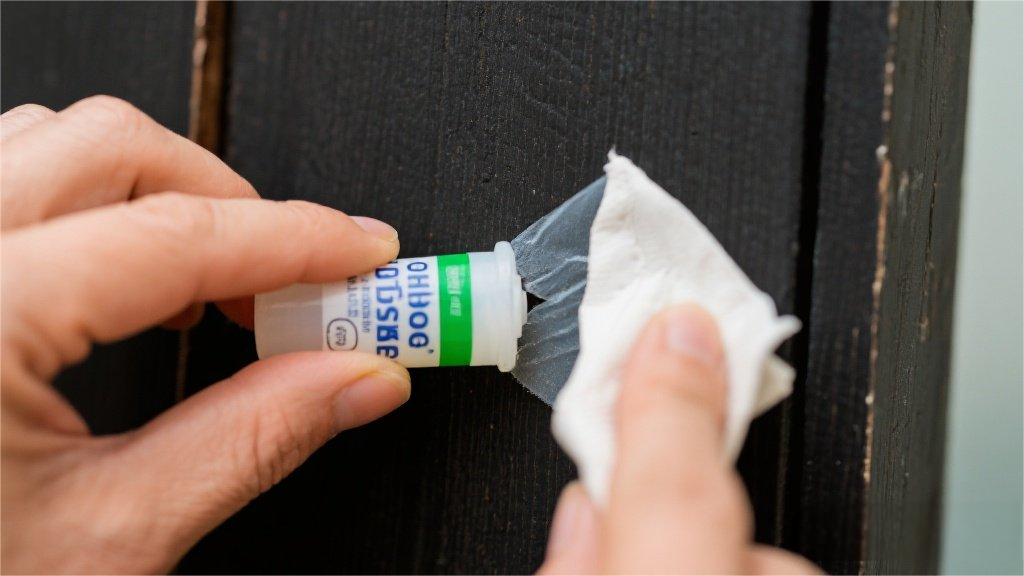nothing’s scarier than staring at the ceiling at 3 AM, wide awake, while your brain replays every awkward moment from the past decade. Sleep deprivation isn’t just a personal nightmare; it’s a public health crisis. The CDC reports that roughly 70 million Americans struggle with chronic sleep issues, and daylight saving time—that twice-yearly clock-shifting ritual—only makes things worse. The American Academy of Sleep Medicine has even called for an end to the madness, advocating for a fixed, year-round standard time. But until that happens (looking at you, Senate), we’re stuck navigating the groggy aftermath of time changes. The good news? Small tweaks to your routine can help you hack your biology and minimize the chaos.
The Daylight Saving Dilemma: Why Your Body Hates Time Changes
Your circadian rhythm—the internal clock that dictates when you feel sleepy or alert—isn’t just some abstract concept. It’s hardwired into your biology, synced to natural light cycles. When we artificially mess with time (thanks, daylight saving), it’s like throwing a wrench into a finely tuned engine. Studies link this disruption to increased risks of heart disease, metabolic disorders, and even workplace accidents. The Senate’s 2023 push to make daylight saving permanent might help, but for now, the November time shift means your body’s playing catch-up. The key? Gradual adjustments. Shift your bedtime and wake-up by 15-minute increments over several days instead of a sudden hour-long jump. Your brain—and your grumpy coworkers—will thank you.
To Nap or Not to Nap? The Sleep Coach’s Verdict
When the sun dips below the horizon at 4:30 PM, the urge to faceplant onto your couch becomes irresistible. But before you surrender to a midday snooze, listen up: Napping is a tactical maneuver, not a free-for-all. Sleep neuroscientist Matt Walker compares it to a "pressure valve" for adenosine, the sleep-inducing chemical that builds up while you’re awake. A 20-minute power nap? Golden. A two-hour coma at 5 PM? Recipe for midnight insomnia. If you must nap, keep it early and short—think of it as a reset button, not a substitute for nighttime sleep.
Sunlight: Your Circadian Rhythm’s Best Frenemy
Here’s the irony: The same sunlight that helps regulate your sleep-wake cycle can also sabotage it if you’re not strategic. Kelly Murray, a sleep coach, emphasizes that morning light exposure is nonnegotiable. It triggers cortisol (your "get-up-and-go" hormone) and sets your rhythm for the day. But with winter’s late sunrises, most of us are waking in darkness. Solution? Mimic the sun. Light therapy lamps or sunrise alarm clocks can trick your brain into thinking it’s a bright summer morning—even when it’s pitch black outside. And at night? Dim the lights and ditch screens. Blue light from devices suppresses melatonin, the hormone that whispers, "Hey, it’s bedtime."
When Life Gets in the Way of Perfect Sleep
but perfection isn’t the goal. If you’re pulling all-nighters or binge-watching till dawn, sure, that’s a problem. But stressing over the "ideal" sleep routine? Counterproductive. Sometimes, survival mode means prioritizing rest where you can get it. A 6-hour stretch with deep REM cycles beats 8 hours of tossing and turning. Progress, not perfection.
At the end of the day (literally), sleep isn’t just about logging hours—it’s about syncing with your body’s needs in a world that rarely slows down. Whether it’s hacking light exposure or negotiating with your nap habit, small wins add up. And if all else fails? Remember: Even vampires need a good day’s sleep. Just maybe not in a coffin.
























